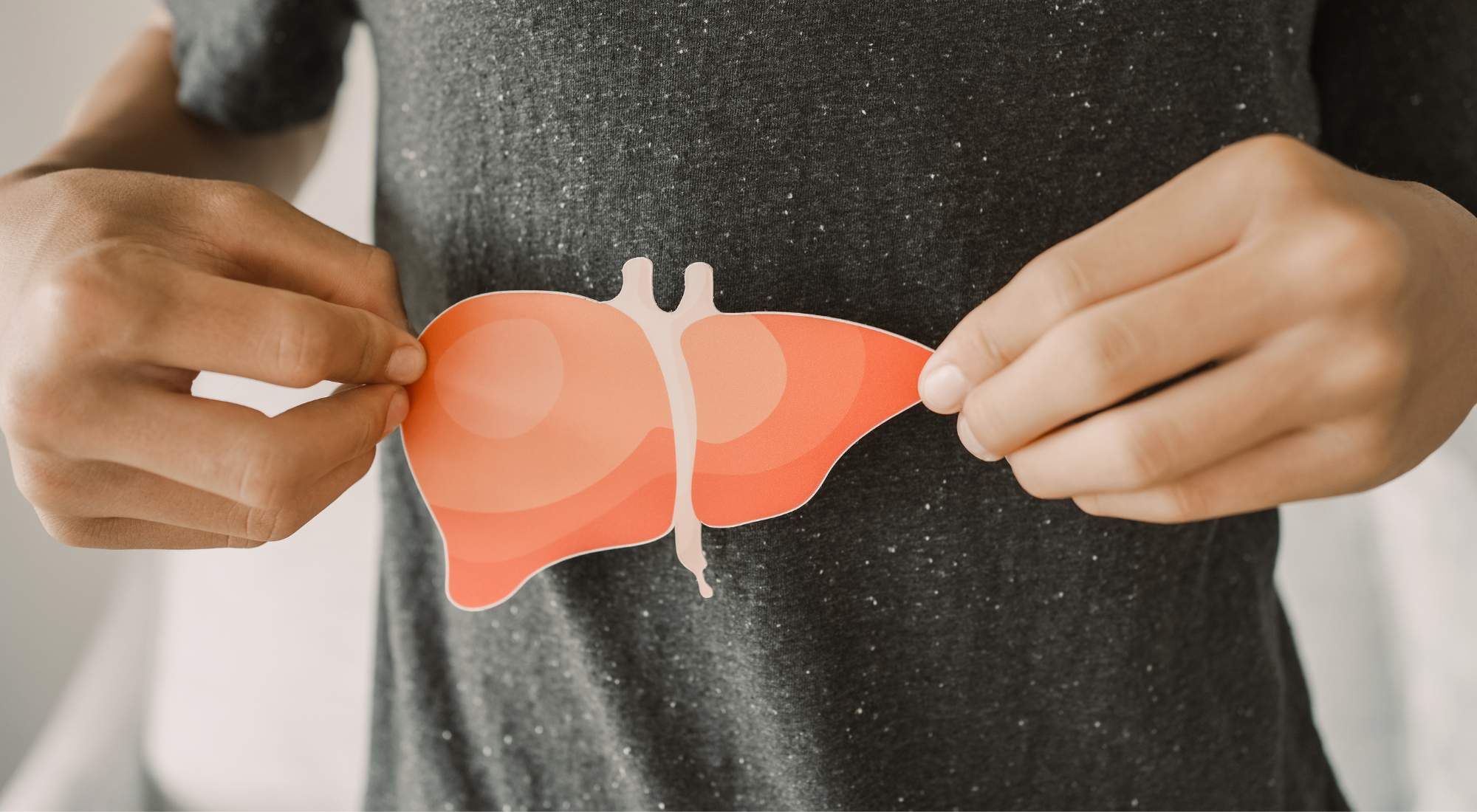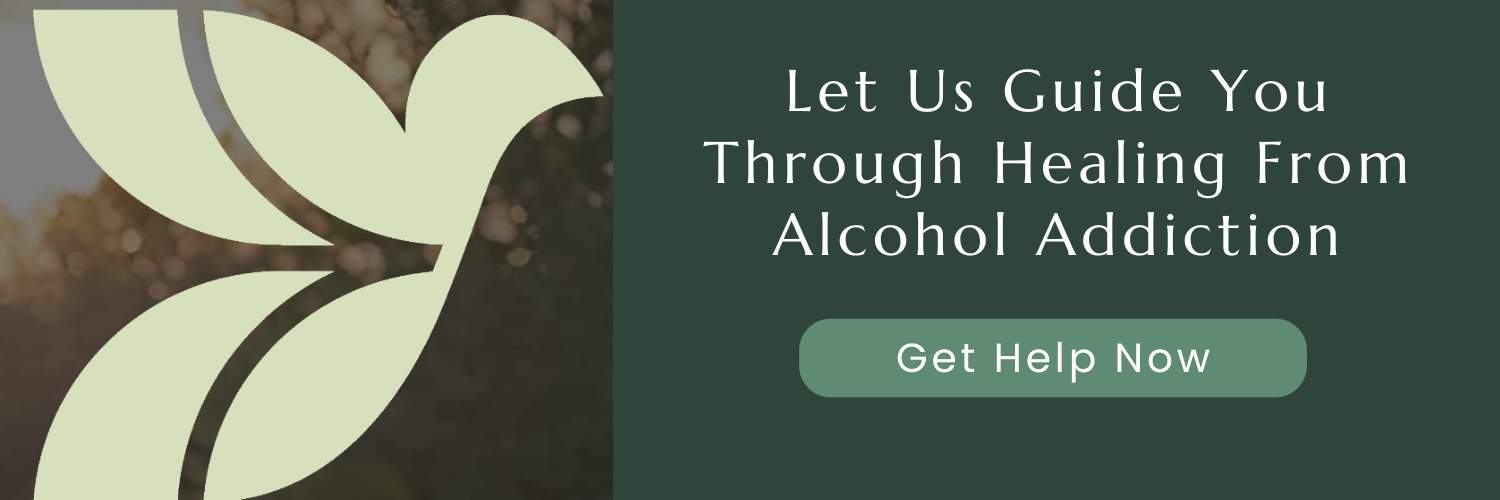How Long Does It Take for the Liver To Heal After Recovery?

Detoxing is often seen as the solution to an overworked liver. However, real healing happens in the weeks that follow. You are giving your liver a fresh start.
Supporting your liver after detox helps maintain the benefits, prevent future stress, and keep your body functioning at its best.
The right post-detox care allows your liver to repair itself, reduce inflammation, and restore balance in your body.
Here, we’ll explore practical strategies, like nutrition, hydration, and lifestyle changes, that keep your liver strong long after the cleanse ends.
Table of Contents
- Understanding the Liver’s Role in Healing
- Factors That Affect Liver Healing Time
- Steps To Support Liver Repair
- How Do I Know My Liver Is Healing?
- How Long Does It Take for a Liver To Heal? Your Frequently Asked Questions Answered
- Take the Next Steps Toward Healing Your Liver — and More — With Dove Recovery
When a person is recovering and no longer consuming alcohol, their liver can begin the job of healing. Without having to process alcohol, the fat accumulation in the liver and the inflammation will begin to be reduced.
The liver is the only organ in the body that is capable of regenerating.
In the absence of alcohol, the primary functions of the liver can be resumed, such as:
- Detoxifying the blood
- Producing essential proteins for blood plasma
- Producing bile for digestion
- Supporting energy metabolism
- Regulating blood clotting
- And more
The liver is capable of regrowing healthy tissue to replace cells damaged by toxins and byproducts of alcohol and substances. The liver begins the healing process within days of abstaining from alcohol consumption.
The amount of time that it takes for the liver to heal is significantly affected by the cause of damage. Acute damage from a one-time event can heal at a much quicker pace than chronic damage.
Reversible damage may heal in a matter of weeks, whereas extensive and long-term damage that has led to cirrhosis slows the recovery process and can hinder full recovery.
Major factors that influence recovery time include:
- Alcohol use: If stopped before severe scarring occurs, healing begins within days of quitting alcohol. Within weeks, healing from fatty liver can occur, with full recovery possible within a few months or years, depending on the extent of the damage.
- Hepatitis: The healing process is different depending on the type of hepatitis. Hepatitis A is shorter, occurring within six months. Hepatitis B or C can cause chronic infections that may not permit a full recovery if not treated.
- Fatty liver: During stages 0-1, your liver has minimal scarring, and the damage can be reversed within weeks. During stages 2-4, the damage can be improved, but not fully healed.
- Drug use: The liver can begin healing within days or weeks after stopping drug use.
- Age: As you age, the liver’s ability to regenerate is decreased, making the healing process harder and longer.
- Overall health: A healthy person’s body supports the regeneration of healthy cells to repair the liver. A person with poor health has a liver that struggles to regenerate due to underlying conditions and irreversible scarring.
The first step in healing is stopping the damaging behavior to give the liver a chance to recreate healthy cells.
Mild vs. Severe Damage
The healing time for mild liver damage is relatively short once the trigger of the damage is removed. Once alcohol or substances are removed from the body, the healing process begins within a few days and pronounced improvement can be seen within a few weeks or months.
Fatty liver is an example of minor liver damage that may be reversed with lifestyle changes.
Severe damage can take months or even years for the liver to heal and requires continued abstinence from the injurious substance. However, if the damage has progressed to cirrhosis, excessive scarring of the liver, the damage may be irreversible and may lead to liver failure.
Lifestyle and Environment
Lifestyle changes and environmental factors aid in healing the liver by reducing the amount of inflammation in the liver.
Lifestyle changes that support a healthy liver include:
- Eating a balanced diet
- Staying hydrated
- Limiting unhealthy foods
- Regular physical activity
- Maintaining a healthy weight
- Limiting toxins and environmental exposures
Each of these factors allows the liver space to heal by:
- Protecting against fatty liver disease
- Help prevent further damage
- Promote liver function
- Encourage long-term liver health
Professional treatment for substance-related causes of liver damage is important for the healing process. Dove Recovery offers professional support using evidence-based approaches to support addiction recovery and overall health.

Several strategies that you can utilize to support the repair of your liver include:
- Maintaining a balanced diet
- Staying hydrated
- Avoiding alcohol consumption
- Regular check-ups
- Exercise regularly
- Eat more fiber
- Be careful of the medications you take
Sometimes lifestyle changes alone may not be enough, especially if substance use is ongoing. Therefore, recovery programs and medical care are vital for healing your liver.
Nutrition and Hydration
The liver requires essential nutrients as well as adequate fiber and water intake to support regrowth and repair of damaged cells.
A balanced diet should include:
- Fruits and vegetables
- Whole grains
- Lean proteins
- Omega-3-rich food
- Antioxidant-rich food
Fiber helps reduce inflammation, and omega-3 reduces liver fat, both of which maintain liver health.
It is important to avoid:
- Excessive alcohol
- Added sugars
- Unhealthy fats
- Excess salt
- Overeating
Avoiding harmful substances and being mindful of portion sizes support the improvement of liver health.

Medical and Professional Support
It is important to seek medical care when you have persistent symptoms of liver problems, including:
- Lingering fatigue
- On-going tiredness
- Nausea
- Loss of appetite
- Dark urine
- Pale stools
- Persistent abdominal pain
- Worsening abdominal pain
- Itchy skin
If your liver damage is linked to alcohol or substance use, addiction recovery programs are valuable resources for healing your liver.
Dove Recovery offers dual diagnosis therapy, psychotherapy sessions, and relapse prevention techniques to help clients achieve recovery and focus on their overall well-being.

When your liver begins healing, there will be some positive physical changes you may experience, including:
- Increased energy
- Better digestion and increased appetite
- Clearer skin
- Improved skin and eye color as jaundice fades
- Reduced pain
- Reduced abdominal bloating
- Stabilized weight
Other indicators you may experience include:
- Clearer thinking
- Better memory
- Improved mood
- Reduced tolerance to alcohol
Despite these indicators, the most reliable way to determine that your liver is healing is through a blood test.
If your liver is healing, a blood test will show:
- Lower liver enzymes
- Improved bilirubin levels
- Normal protein synthesis
When Healing Is Limited
In the case of cirrhosis and advanced liver disease, the damage may not be fully reversible. However, certain lifestyle changes can be made to improve the quality of life.
Dietary changes to support overall liver health include:
- Whole foods: Fresh fruits and vegetables, whole grains, lean proteins
- Mediterranean diet: Reduces intrahepatic lipids and controls glucose levels
- Limit unhealthy fats and sugar: Reduce saturated and trans fats as well as highly processed foods
Exercise and physical activity also improve liver health. Steps you can take include:
- 30 minutes of moderate exercise
- Aerobic and resistance training
- Break up periods of prolonged sitting
Other lifestyle adjustments to benefit your liver health include:
- Achieving and maintaining a healthy weight
- Staying hydrated
- Avoiding alcohol
- Quitting smoking
These changes will improve your quality of life and liver health, even with severe damage.
What Are the Four Warning Signs of a Damaged Liver?
There are four red flags to be aware of if you have a damaged liver.
- Jaundice: The damaged liver can’t process bilirubin, which causes yellow discoloration of the skin and eyes due to the buildup of bilirubin in the blood.
- Swelling: High blood pressure and buildup of fluid cause swelling in the legs, abdomen, and ankles.
- Fatigue: The general feeling of being tired or weak that persists
- Changes in urine and stool: If your urine is dark or your stools are pale because the liver is having trouble processing waste products
What Is the Fastest Way To Repair Your Liver?
It takes time for the liver to recover from damage. Although the healing process isn’t instant, the quickest way to begin repairs to the liver is by removing the source causing the damage.
Removing the source of the damage may:
- Reduce inflammation
- Reverse scarring
- Encourage regeneration of healthy cells

How Long Does It Take for the Liver To Detox From Alcohol?
For people who drink moderately, the liver can detox from alcohol within a week. It can leave the bloodstream in as little as six hours, but remains in the urine and saliva for longer.
For heavy drinkers or people with severe liver damage, detoxing can take several weeks or even months.
The only way to begin detox is to completely abstain from drinking alcohol.
Dove Recovery offers a detox and withdrawal management program along with counseling and therapy to help our clients regain control of their physical and mental health. Using research-based techniques, the care our clients receive is customized to fit each person’s needs.
Our professional and compassionate staff helps our clients achieve success and find happiness. Detox is the first step in recovery, and we are there to assist you every step of the way.
Reach out today to learn about our recovery program options.

